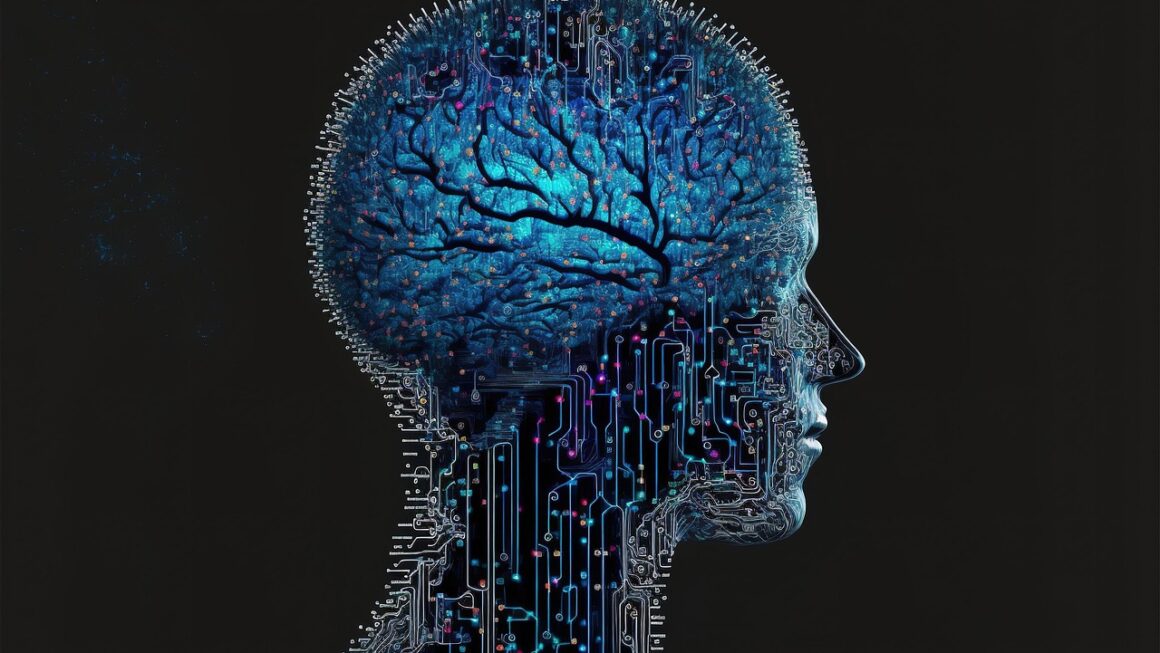Web3 applications, or dApps, are revolutionizing the internet by promising a decentralized, secure, and transparent digital experience. Moving beyond the traditional client-server model, Web3 leverages blockchain technology to empower users, ensure data privacy, and foster innovation. This blog post delves into the intricacies of Web3 apps, exploring their functionality, benefits, challenges, and real-world applications. Let’s uncover how Web3 is reshaping the digital landscape and how you can participate in this evolving technology.
Understanding Web3 Applications
Web3 applications represent a paradigm shift in how we interact with the internet. Unlike Web2, where data is centralized and controlled by large corporations, Web3 apps are built on decentralized networks, primarily using blockchain technology.
What are dApps?
Decentralized applications, or dApps, are applications that run on a decentralized network, most commonly a blockchain. Key characteristics of dApps include:
- Open Source: The code is typically open source, allowing anyone to inspect and contribute.
- Decentralized: They operate on a peer-to-peer network, minimizing reliance on a single point of failure.
- Cryptographic Security: Blockchain’s cryptographic principles ensure data integrity and security.
- Autonomous: They execute smart contracts that automate processes and enforce rules.
For example, Uniswap is a popular decentralized exchange (DEX) built on Ethereum. It enables users to trade cryptocurrencies directly from their wallets without needing a central intermediary.
How dApps Differ from Traditional Apps
The differences between dApps and traditional applications (Web2 apps) are significant:
- Data Ownership: In Web3, users retain control over their data, unlike Web2 where data is often monetized by corporations.
- Transparency: Transactions and data on the blockchain are often publicly auditable.
- Censorship Resistance: Decentralized networks are more resistant to censorship and single points of control.
- Tokenization: Many dApps utilize tokens to incentivize participation and reward users.
- Trustless Systems: dApps rely on code and cryptographic verification, reducing the need to trust intermediaries.
These differences make dApps attractive for applications requiring trust, transparency, and user empowerment.
Benefits of Using Web3 Apps
Adopting Web3 applications brings numerous advantages compared to the traditional centralized internet model.
Enhanced Security and Privacy
- Data Control: Users control their own data, eliminating reliance on centralized data storage.
- Reduced Data Breaches: Decentralization minimizes the impact of data breaches as data is distributed across multiple nodes.
- Privacy-Preserving Technologies: Emerging privacy-focused blockchains and protocols offer enhanced anonymity and data protection.
Increased Transparency and Trust
- Auditable Transactions: Blockchain transactions are publicly auditable, promoting transparency.
- Smart Contracts: Automate and enforce agreements without the need for intermediaries.
- Immutable Records: Data stored on the blockchain cannot be easily altered or deleted.
User Empowerment and Ownership
- Tokenomics: Token-based systems allow users to earn rewards and participate in the governance of applications.
- Community-Driven Development: Open-source code fosters collaborative development and community contributions.
- Decentralized Governance: Users can participate in the decision-making processes through decentralized autonomous organizations (DAOs).
Financial Inclusion
- Borderless Transactions: Cryptocurrencies enable seamless and low-cost cross-border transactions.
- Access to Financial Services: dApps provide access to financial services for individuals without traditional banking access.
- Decentralized Finance (DeFi): DeFi platforms offer lending, borrowing, and trading opportunities without intermediaries.
Key Components of a Web3 Application
Understanding the building blocks of Web3 apps is crucial for developers and users alike.
Front-End Interfaces
The front-end of a dApp is similar to traditional web apps, utilizing technologies like HTML, CSS, and JavaScript to create a user-friendly interface. However, the front-end interacts with the blockchain instead of a traditional server.
- Web3.js/Ethers.js: These JavaScript libraries are used to interact with the Ethereum blockchain and smart contracts.
- React/Vue/Angular: Popular JavaScript frameworks provide structure and components for building complex user interfaces.
- Wallet Integration: The front-end must seamlessly integrate with user wallets like MetaMask to sign transactions.
Smart Contracts
Smart contracts are self-executing contracts written in code and deployed on the blockchain. They define the rules and logic of the application.
- Solidity: The most widely used programming language for writing smart contracts on Ethereum.
- Vyper: An alternative programming language emphasizing security and audibility.
- Gas Fees: Executing smart contracts requires gas fees, which are paid in the native cryptocurrency of the blockchain (e.g., Ether on Ethereum).
Blockchain and Decentralized Storage
The blockchain acts as the database for dApps, storing data and smart contract code.
- Ethereum: The most popular blockchain for dApp development, offering a robust ecosystem and developer tools.
- Binance Smart Chain (BSC): A faster and cheaper alternative to Ethereum, compatible with Ethereum Virtual Machine (EVM).
- IPFS (InterPlanetary File System): A decentralized storage solution for storing large files and content.
- Arweave: A blockchain-based permanent data storage solution.
Oracles
Oracles are third-party services that provide real-world data to smart contracts.
- Chainlink: A decentralized oracle network providing secure and reliable data feeds.
- Band Protocol: Another decentralized oracle platform focusing on cross-chain data.
- Importance: Oracles are essential for dApps that require external data, such as price feeds for DeFi applications.
Real-World Examples of Web3 Applications
Web3 is already being implemented across various industries, demonstrating its potential to disrupt traditional business models.
Decentralized Finance (DeFi)
DeFi applications are revolutionizing the financial industry by providing decentralized alternatives to traditional financial services.
- Decentralized Exchanges (DEXs): Platforms like Uniswap and SushiSwap allow users to trade cryptocurrencies without intermediaries.
- Lending and Borrowing: Platforms like Aave and Compound enable users to lend and borrow cryptocurrencies.
- Yield Farming: Users can earn rewards by providing liquidity to DeFi protocols.
Non-Fungible Tokens (NFTs)
NFTs are unique digital assets that represent ownership of items like art, collectibles, and virtual real estate.
- Digital Art Marketplaces: Platforms like OpenSea and Rarible allow artists to sell and trade their digital art.
- Gaming: NFTs are used to represent in-game items and characters, enabling true ownership and interoperability.
- Real Estate: Tokenized real estate allows for fractional ownership and easier transfer of property rights.
Decentralized Social Media
Web3 social media platforms aim to give users more control over their data and content.
- Mirror: A decentralized blogging platform where writers can monetize their content using NFTs.
- Lens Protocol: A composable and decentralized social graph.
- Challenges: Building a decentralized social network that can rival traditional platforms remains a significant challenge due to scaling and user experience issues.
Supply Chain Management
Web3 technology can enhance transparency and efficiency in supply chain management.
- Tracking Products: Blockchain can be used to track products from origin to consumer, ensuring authenticity and preventing fraud.
- Automated Payments: Smart contracts can automate payments based on predefined conditions, such as delivery confirmation.
- Transparency: Increased transparency allows for better monitoring of ethical sourcing and environmental impact.
Conclusion
Web3 applications are paving the way for a more decentralized, secure, and user-centric internet. While challenges remain, the potential benefits of increased transparency, data ownership, and financial inclusion are immense. By understanding the fundamental components and exploring real-world examples, developers and users can begin to harness the power of Web3 to create a more equitable and innovative digital future. Embracing Web3 is not just about adopting new technologies; it’s about participating in a fundamental shift in how we interact with the internet and each other.




